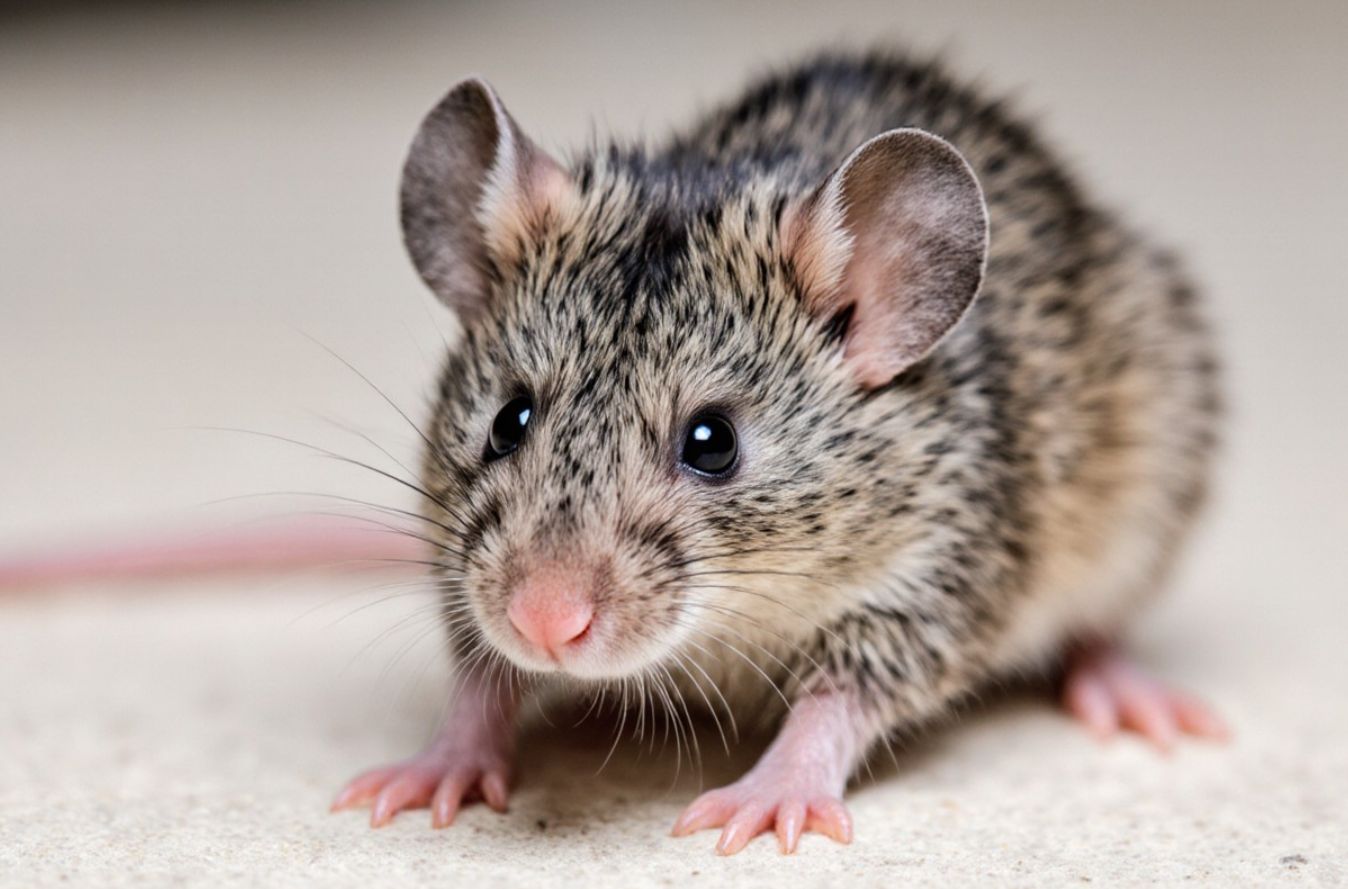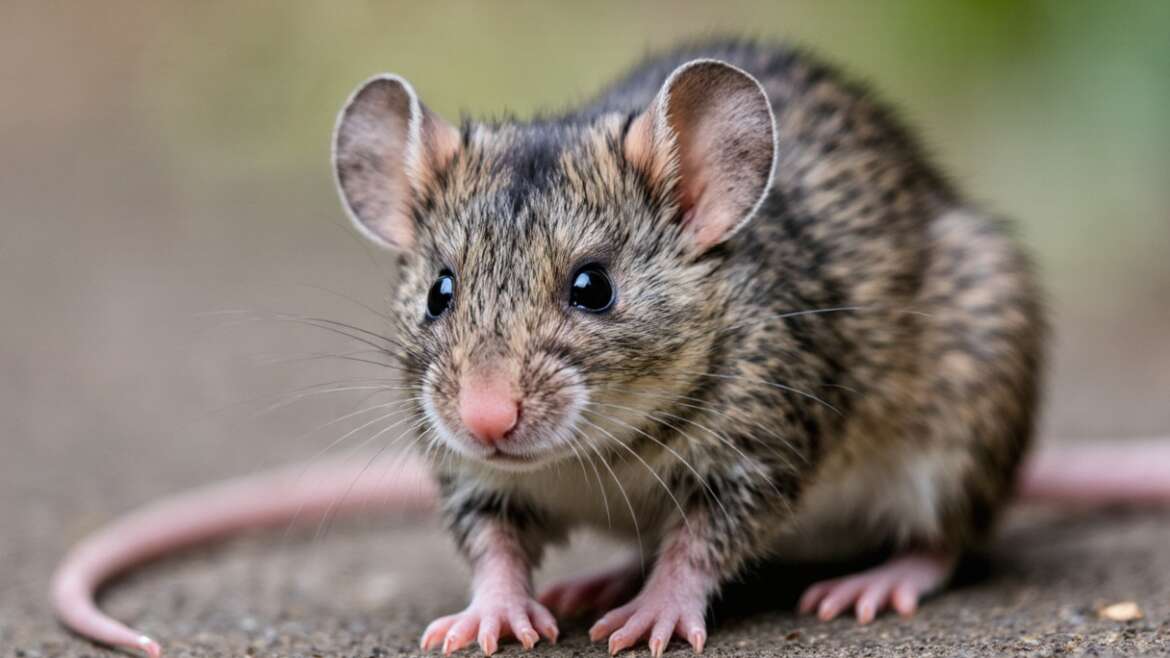Are Mice Actually Blind?
You’ve likely heard since childhood—perhaps even learned a nursery rhyme about it—that mice are blind. But are mice truly blind?
The Truth About Mouse Vision
The truth is that mice are only completely blind for a short time after birth. Within about 13 to 14 days, their eyes begin to open, and by three weeks, they are venturing out on their own. Interestingly, although mice are color-blind and can only focus on objects that are 1 to 2 feet away, they possess a remarkable ability to detect motion from up to 45 feet away. This heightened sensitivity to movement makes them adept at avoiding predators.
Tip: Despite their limited color perception, studies show that mice can detect certain wavelengths of light, which helps them navigate their environments effectively. Consider using infrared lighting if you want to observe them without disturbing their natural behavior.

How Do Mice Navigate Their World?
Mice may not excel in visual acuity, but they compensate with exceptional hearing. They can detect sounds at frequencies beyond human capability, which aids them in evading threats. Remarkably, male mice can even communicate with potential mates using ultrasonic pitches, akin to unique forms of avian or marine communication. This is one reason ultrasonic pest control methods are often ineffective; these sounds can go unnoticed by mice.
Mice also rely heavily on their sense of smell and taste. Their acute olfactory senses guide them toward food sources.
According to research featured in the U.S. National Library of Medicine, while mice are nocturnal and have limited night vision, they actually see in dim light better than humans. They tend to navigate using their whiskers (vibrissae), a behavior known as “whisking.” This allows them to feel their way around while scurrying along walls and other structures. Interestingly, the absence of whiskers can severely impair a mouse’s spatial awareness and survival.
Tip: Providing a mouse-friendly environment with natural hiding spaces (like tunnels or tubes) can mimic their natural habitat, making it easier for them to thrive if you wish to keep them as pets.
Trapping Mice: Understanding Their Behavior
If you’re experiencing issues with mice in your home, keep in mind that they are creatures of habit. Mice typically emerge nightly to forage but usually stay within a 15 to 30-foot radius of their nests.
Their whiskers not only assist in navigation; they also help identify familiar objects in their environment. Over time, evidence of their presence can appear in the form of rub marks—greasy streaks caused by their bodies brushing against walls and furniture. Even in the absence of audible signs like scratching or squeaking, these marks can indicate a mouse travel path.
If you suspect you have mice in your home, it’s advisable to consult with pest control professionals. They are well-trained to assess the situation and place traps appropriately. DIY methods can sometimes lead to unintended harm, whether through improper baiting or positioning, so it’s best to rely on those with expertise.
Tip: To enhance your understanding before professionals arrive, consider keeping a diary of mouse sightings, rub marks, and any other evidence. This can offer valuable insight into their patterns and help pest control professionals devise a more effective plan.
In closing, while the myth that mice are completely blind persists, their ability to navigate through limited vision, excellent hearing, and robust olfactory senses paints a more complex picture of these remarkable creatures. Understanding their behavior and perceptual abilities can greatly enhance both pest control efforts and the general appreciation of these often-misunderstood animals.





